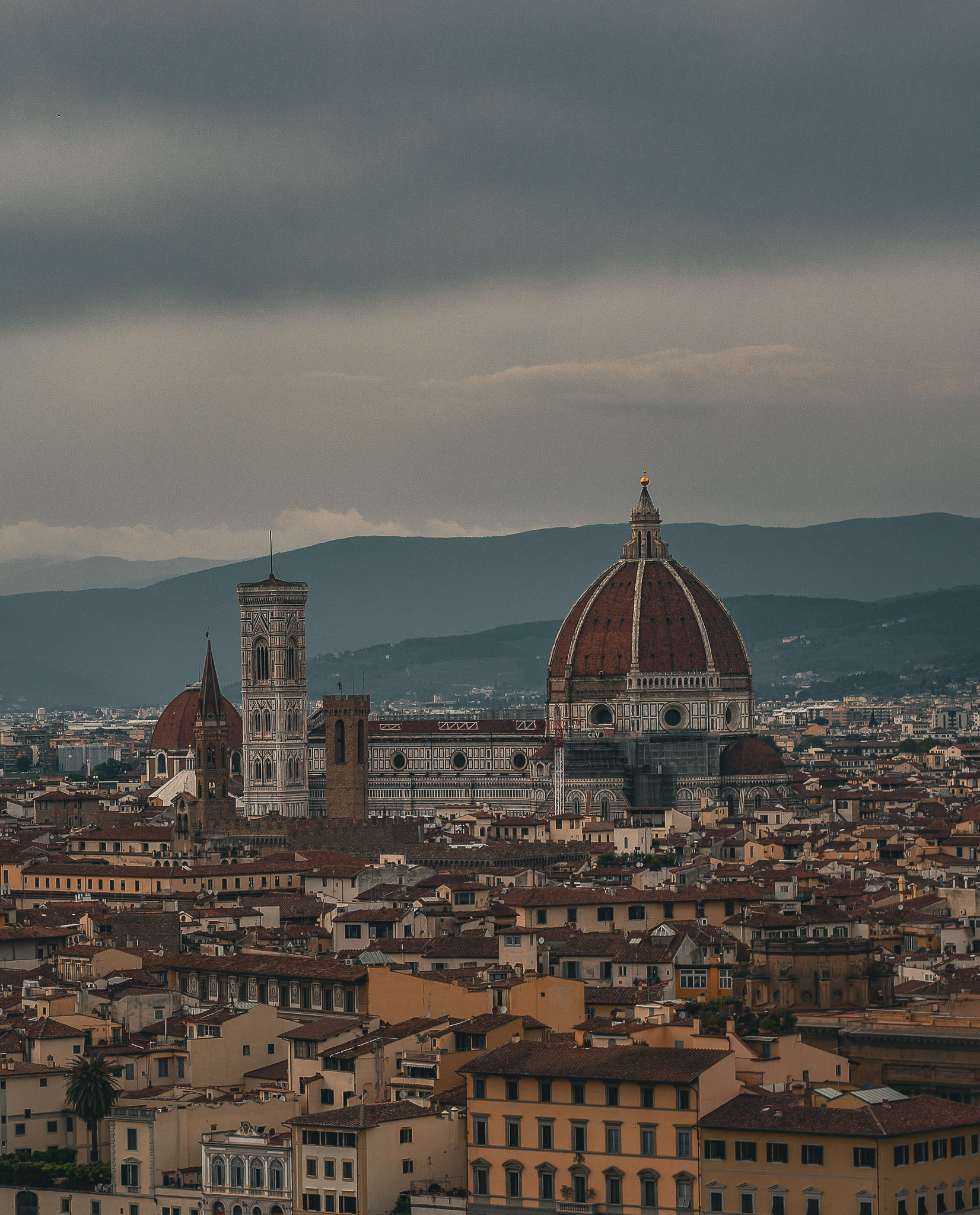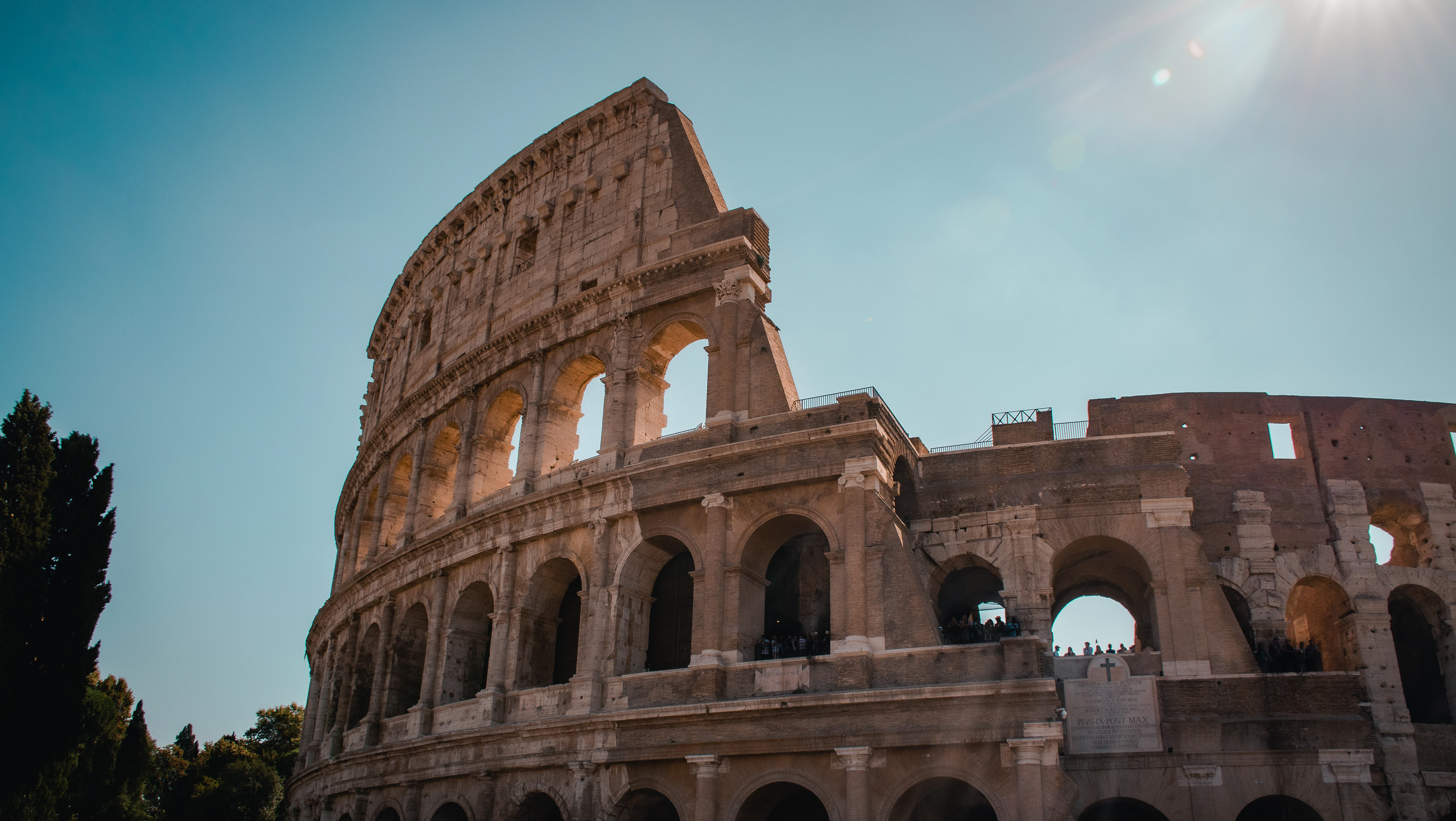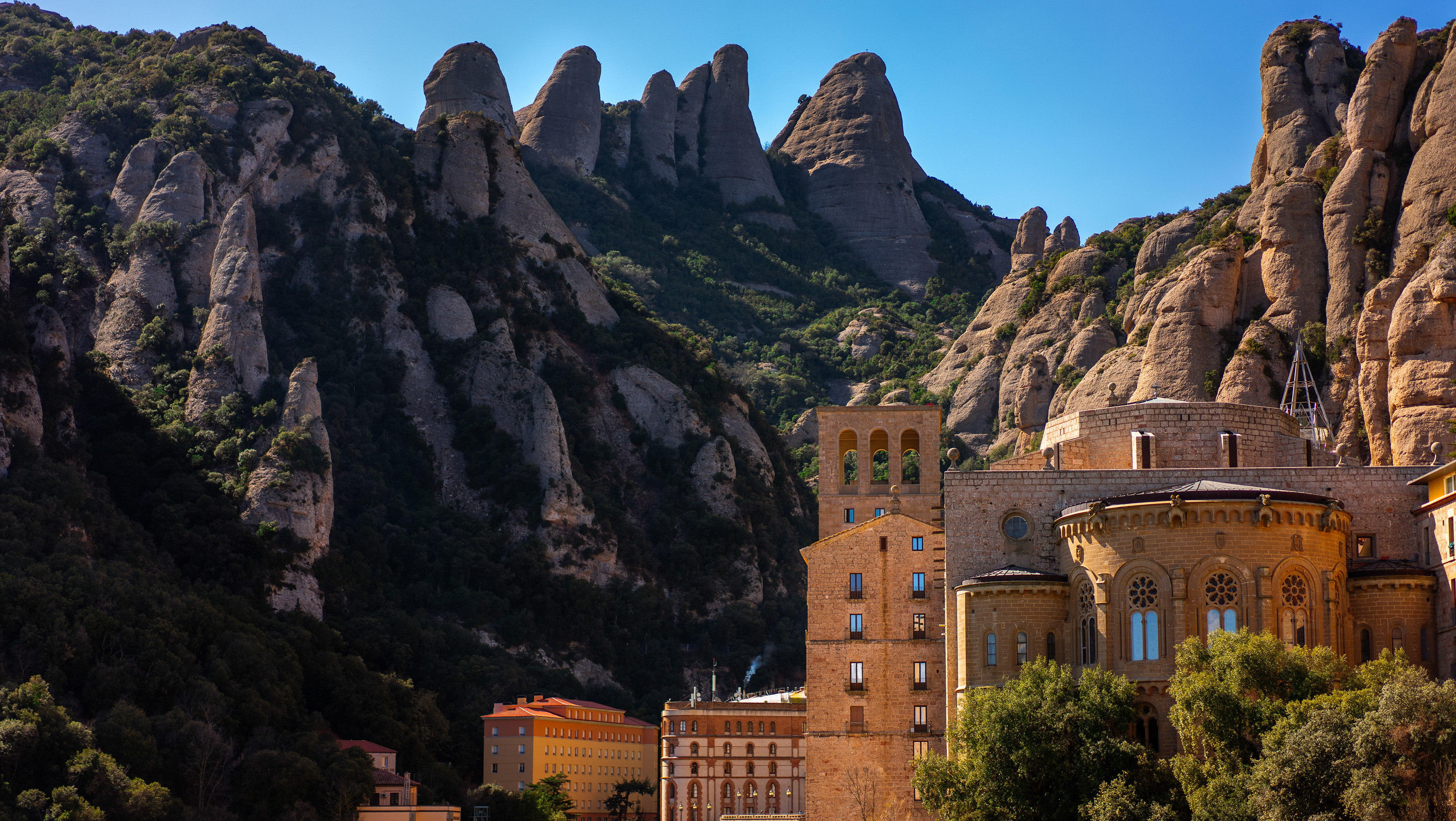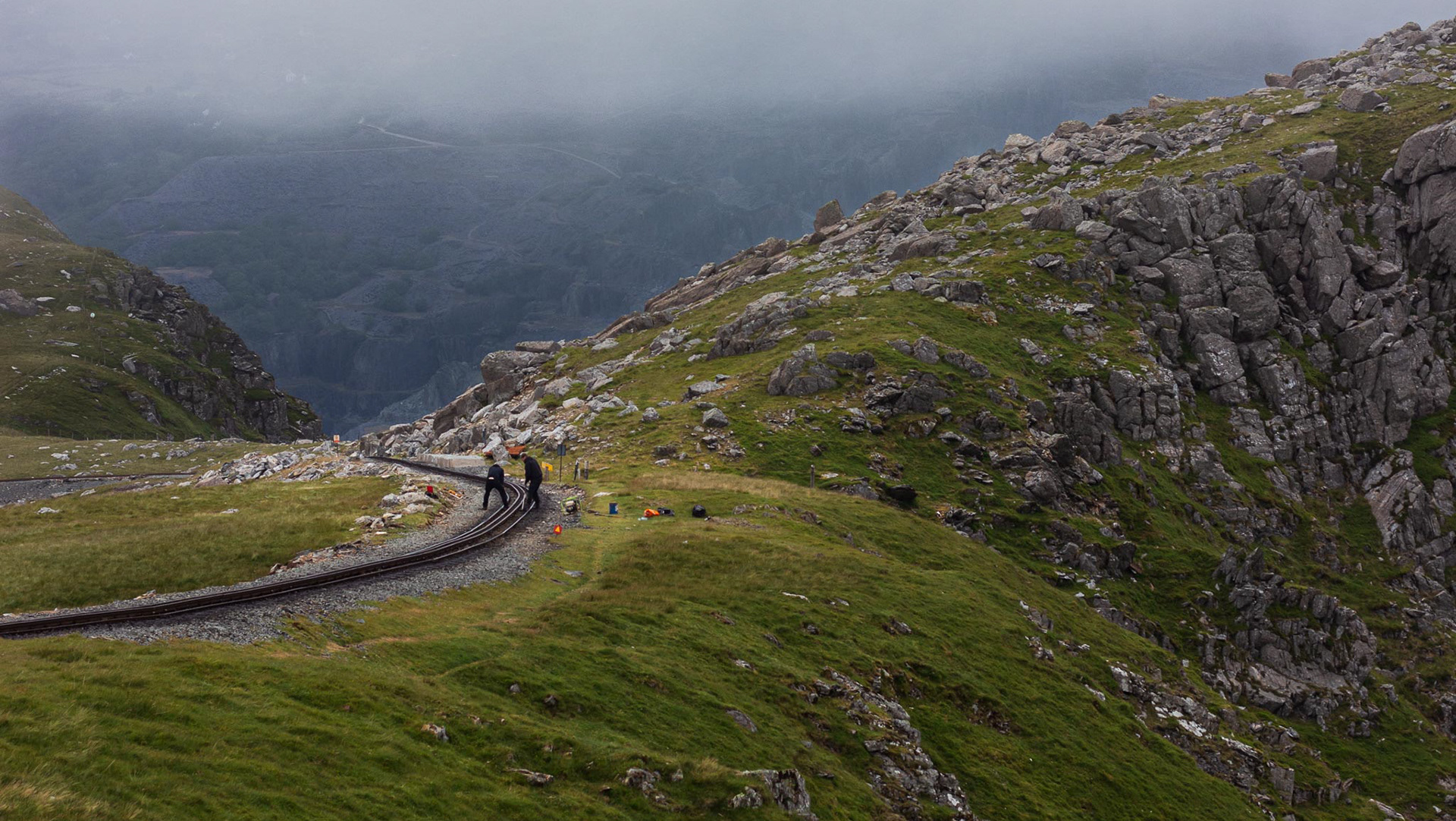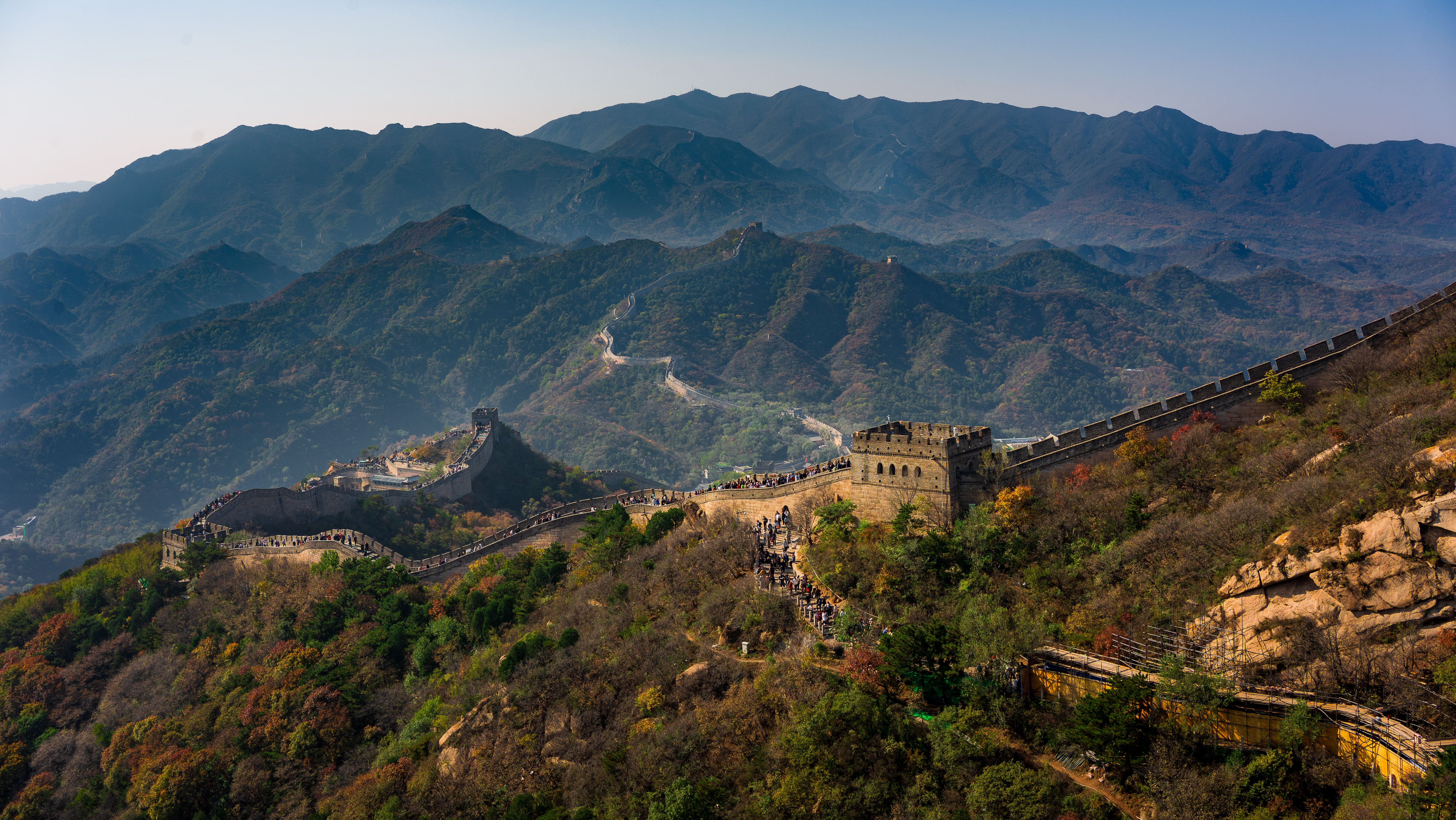Tuscany is known for its landscapes, history, artistic legacy, and its influence on high culture.
It is regarded as the birthplace of the Italian Renaissance and of the foundations of the Italian language.
The prestige established by the Tuscan dialect's use in literature by Dante Alighieri, Petrarch, Giovanni Boccaccio, Niccolò Machiavelli and Francesco Guicciardini led to its subsequent elaboration as the language of culture throughout Italy.
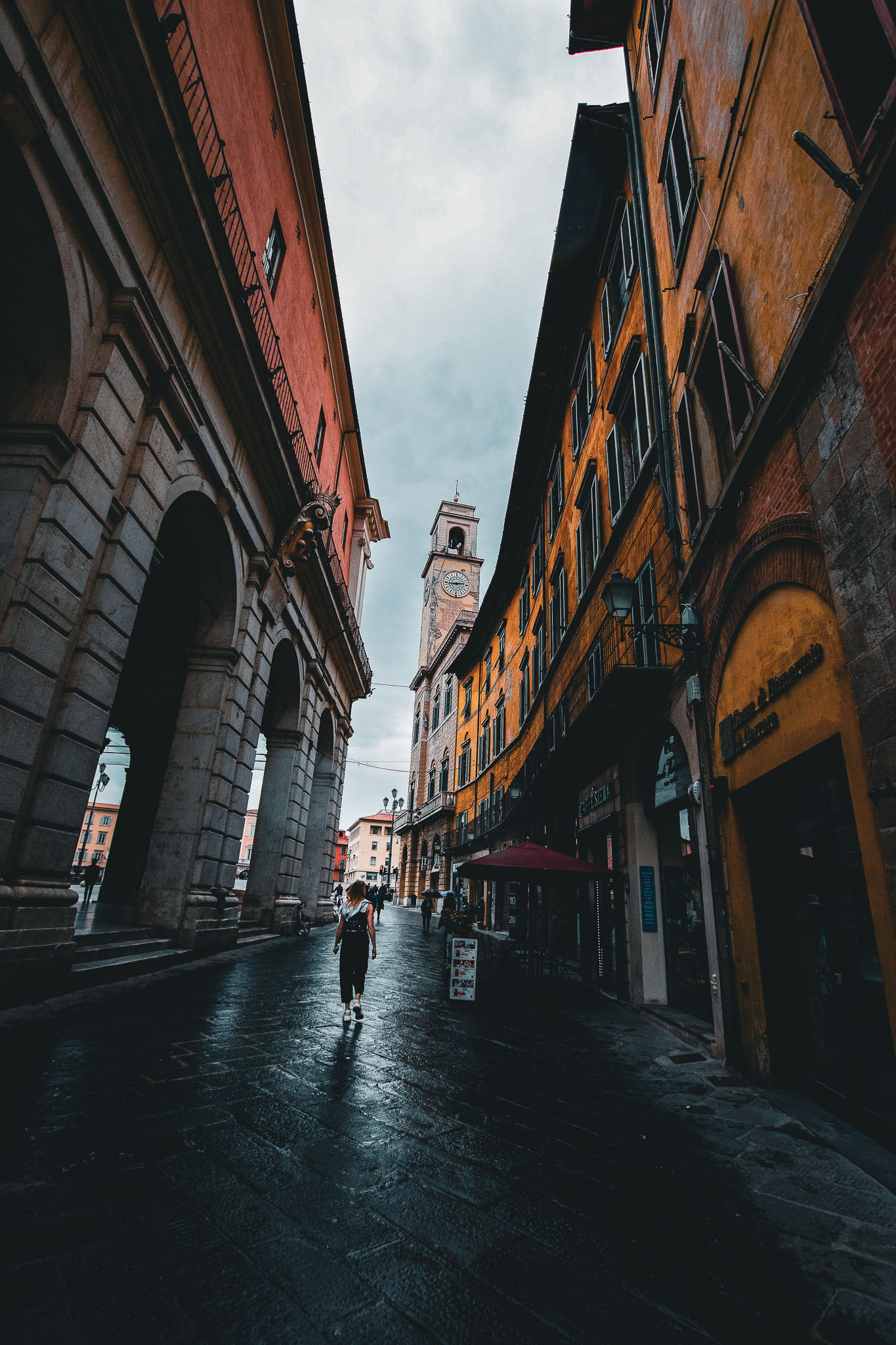
Pisa
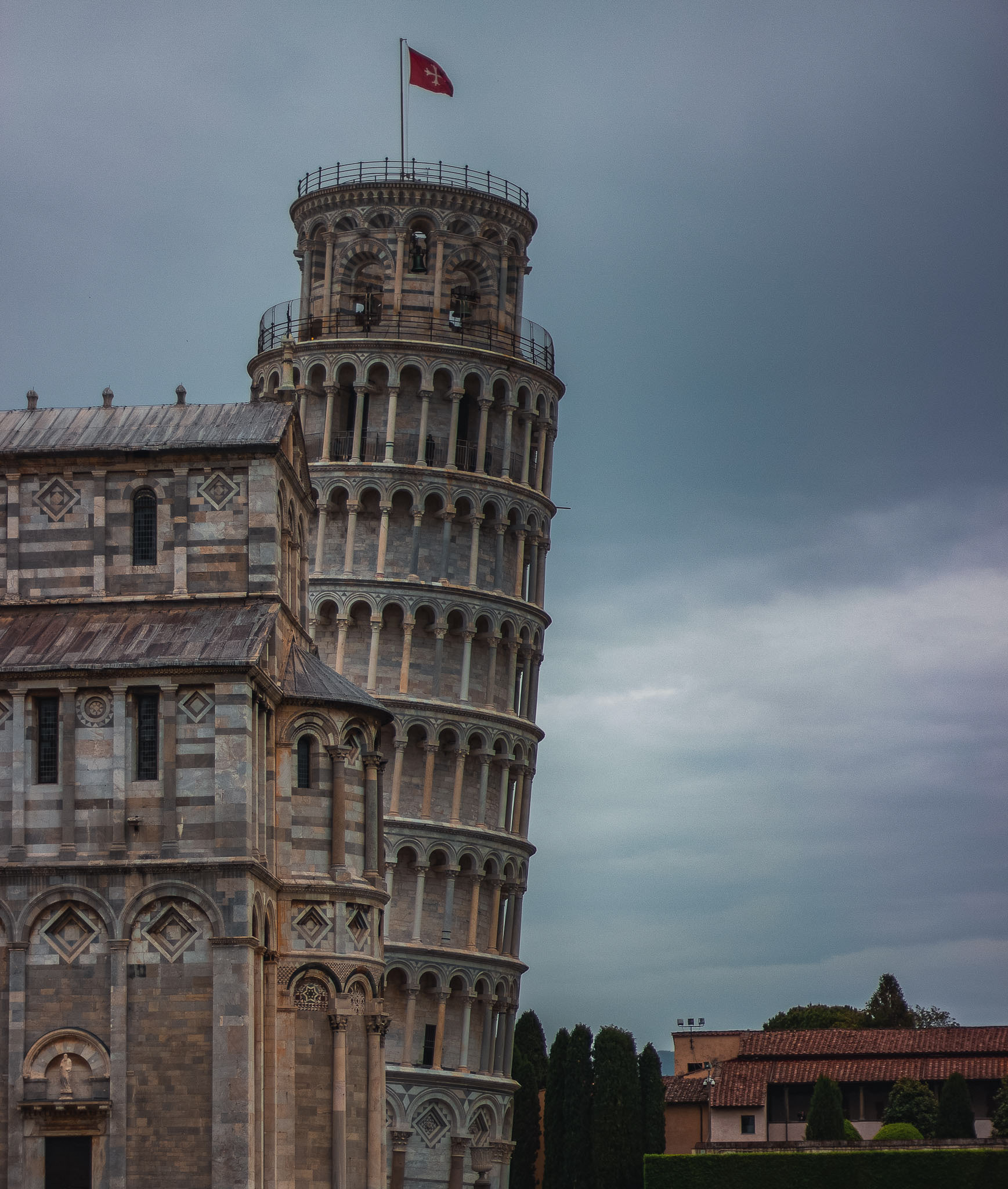
Pisa Tower
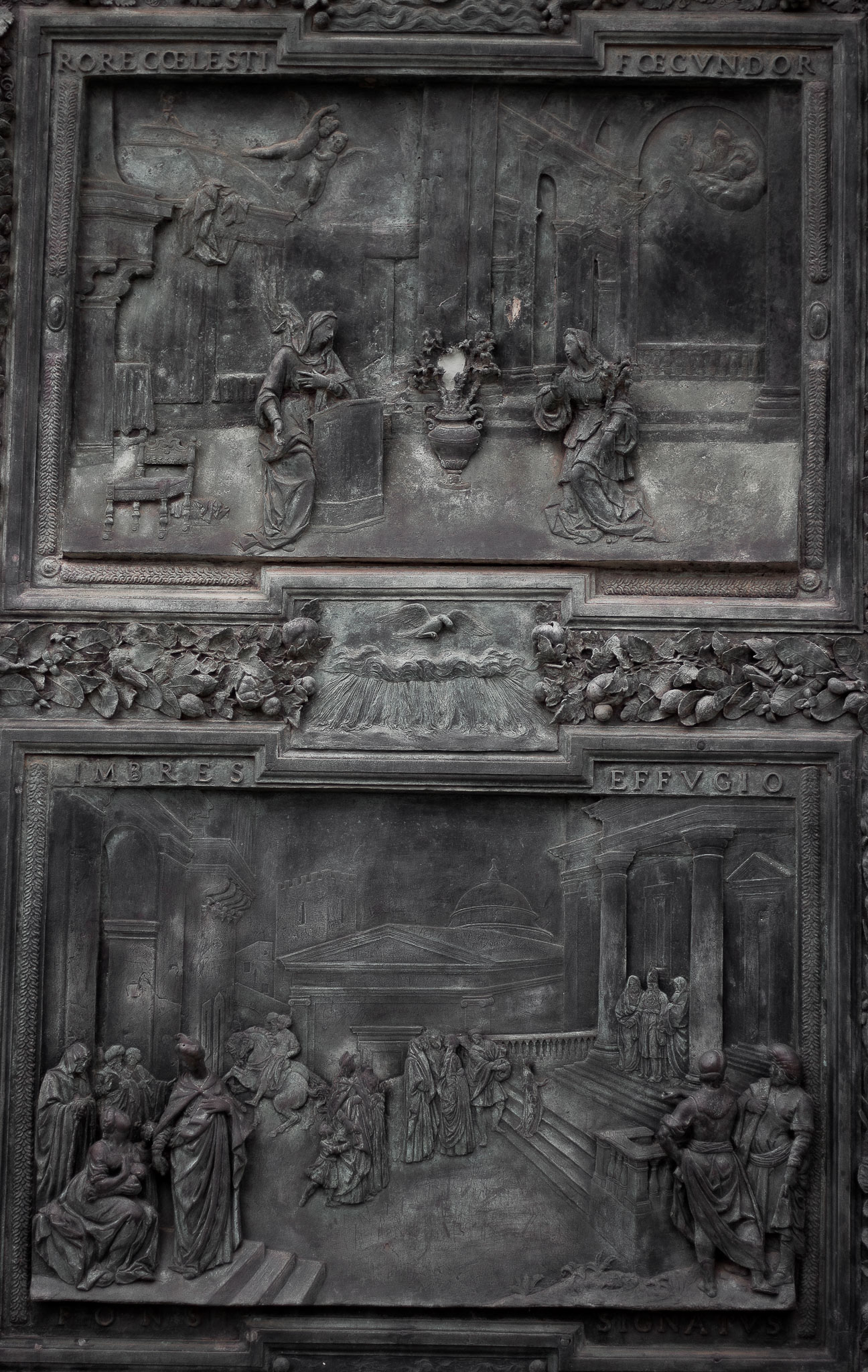
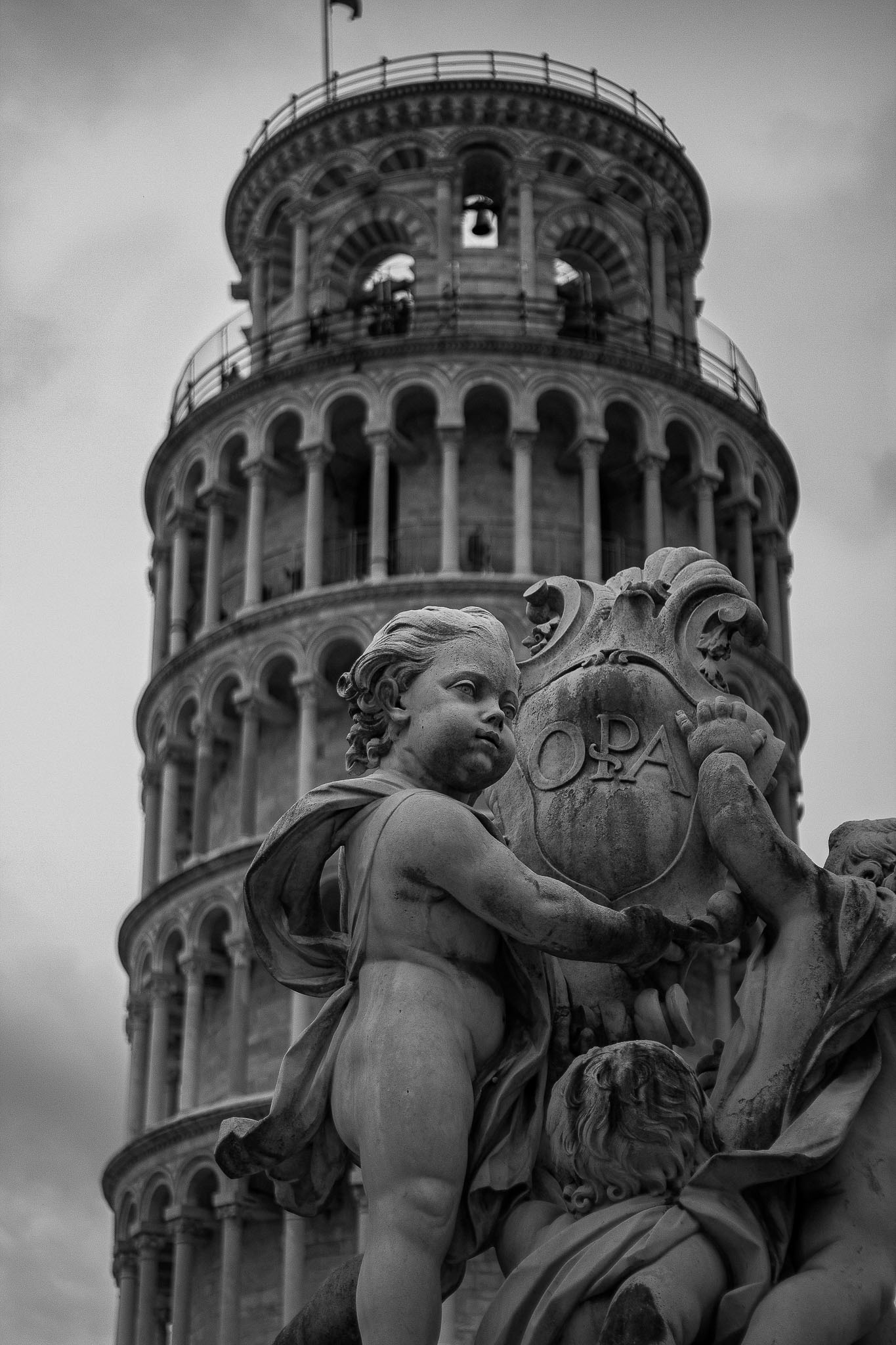
Pisa Tower
The most believed hypothesis is that the origin of the name Pisa comes from and means 'mouth', as Pisa is at the mouth of the Arno river.
Although throughout history there have been several uncertainties about the origin of the city of Pisa, excavations made in the 1980s and 1990s found numerous archaeological remains, including the fifth century BC tomb of an Etruscan prince, proving the Etruscan origin of the city, and its role as a maritime city, showing that it also maintained trade relations with other Mediterranean civilizations.

Val d'orcia
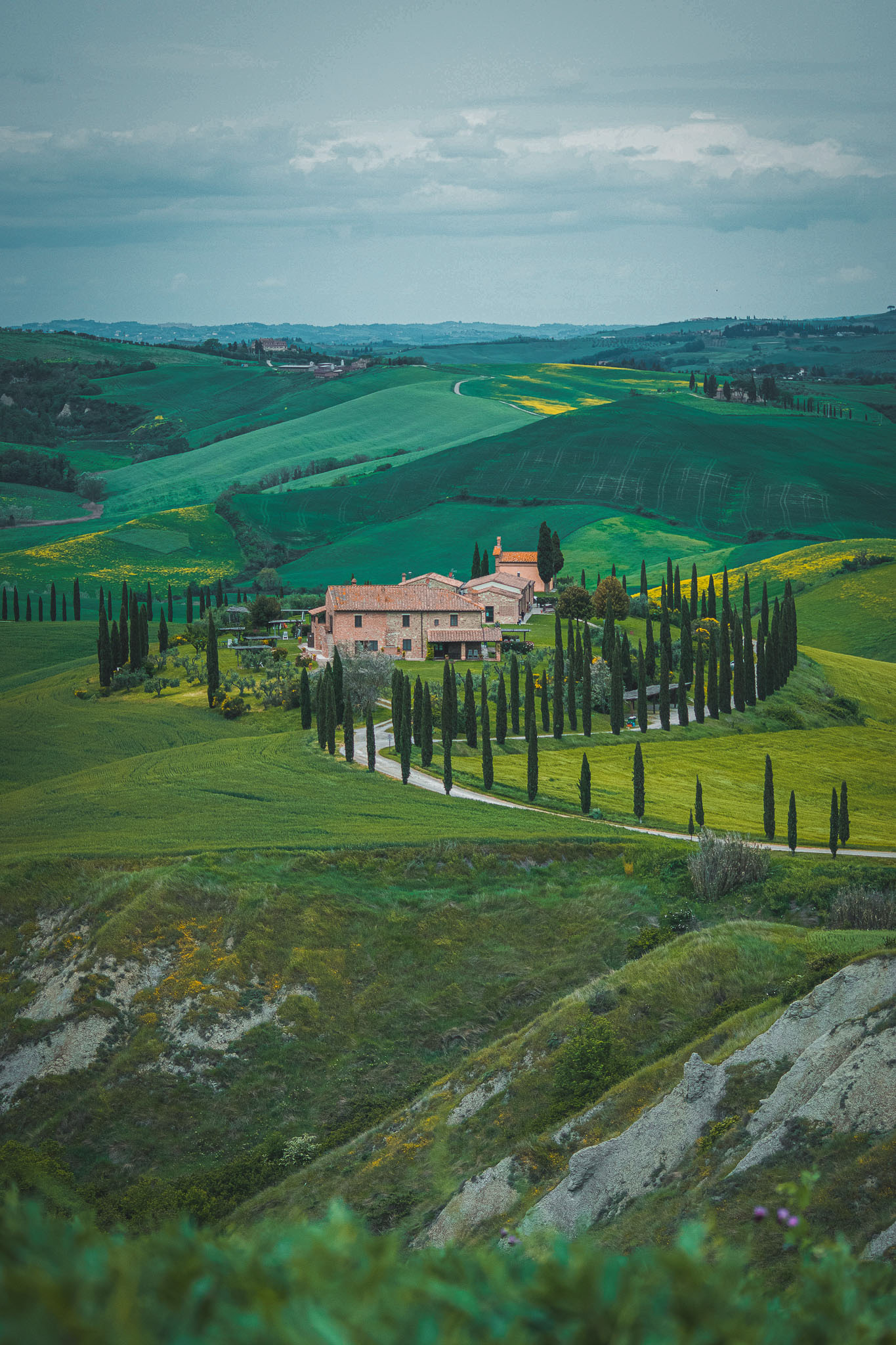
agriturismo baccoleno

Pienza view
The Val d'Orcia is a region of Tuscany, central Italy, which extends from the hills south of Siena to monte amiata.
Its gentle, cultivated hills are occasionally broken by gullies and by picturesque towns and villages such as Pienza, Radicofani and Montalcino. Its landscape has been depicted in works of art from renaissance painting to modern photography.
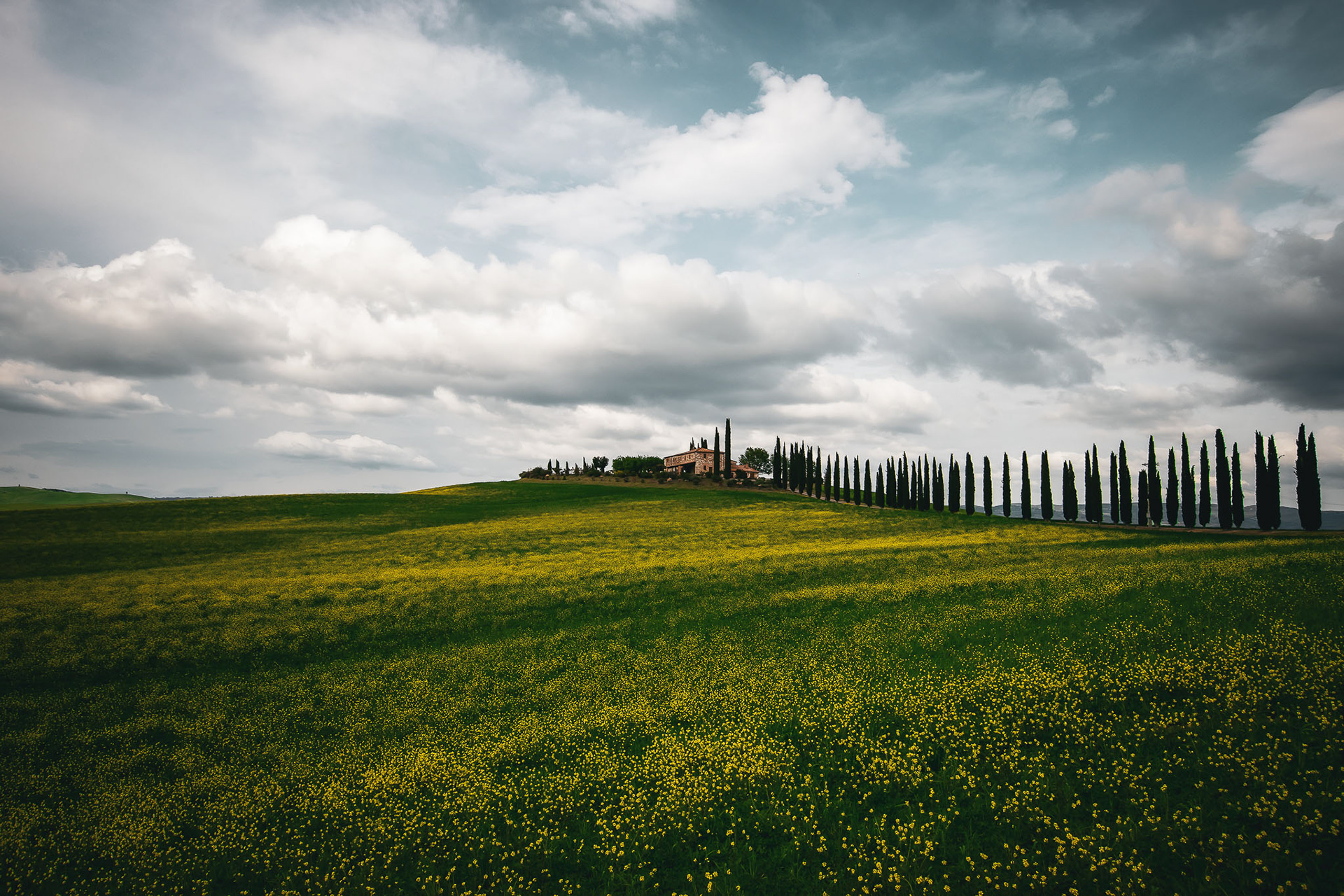
agroturismo poggio covili
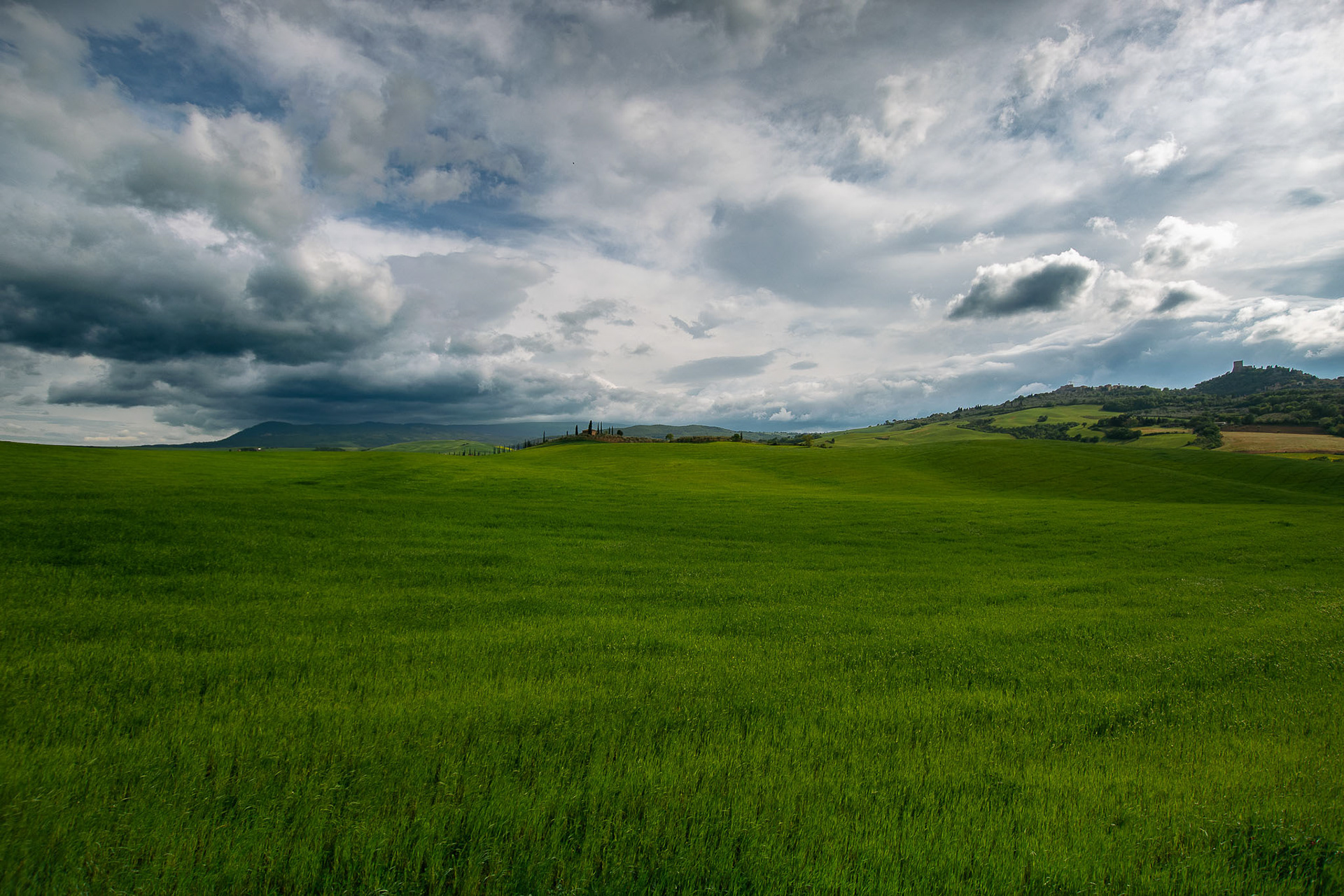
val d'orcia
In 1405 Aeneas Silvius Piccolomini was born in Corsignano, a renaissance humanist born into an exiled Sienese family, who later became pope pius ii. Once he became Pope, Piccolomini had the entire village rebuilt as an ideal renaissance town and renamed it Pienza ("city of Pius").
Intended as a retreat from Rome, it represents the first application of humanist urban planning concepts, creating an impetus for planning that was adopted in other Italian towns and cities and eventually spread to other European centers.
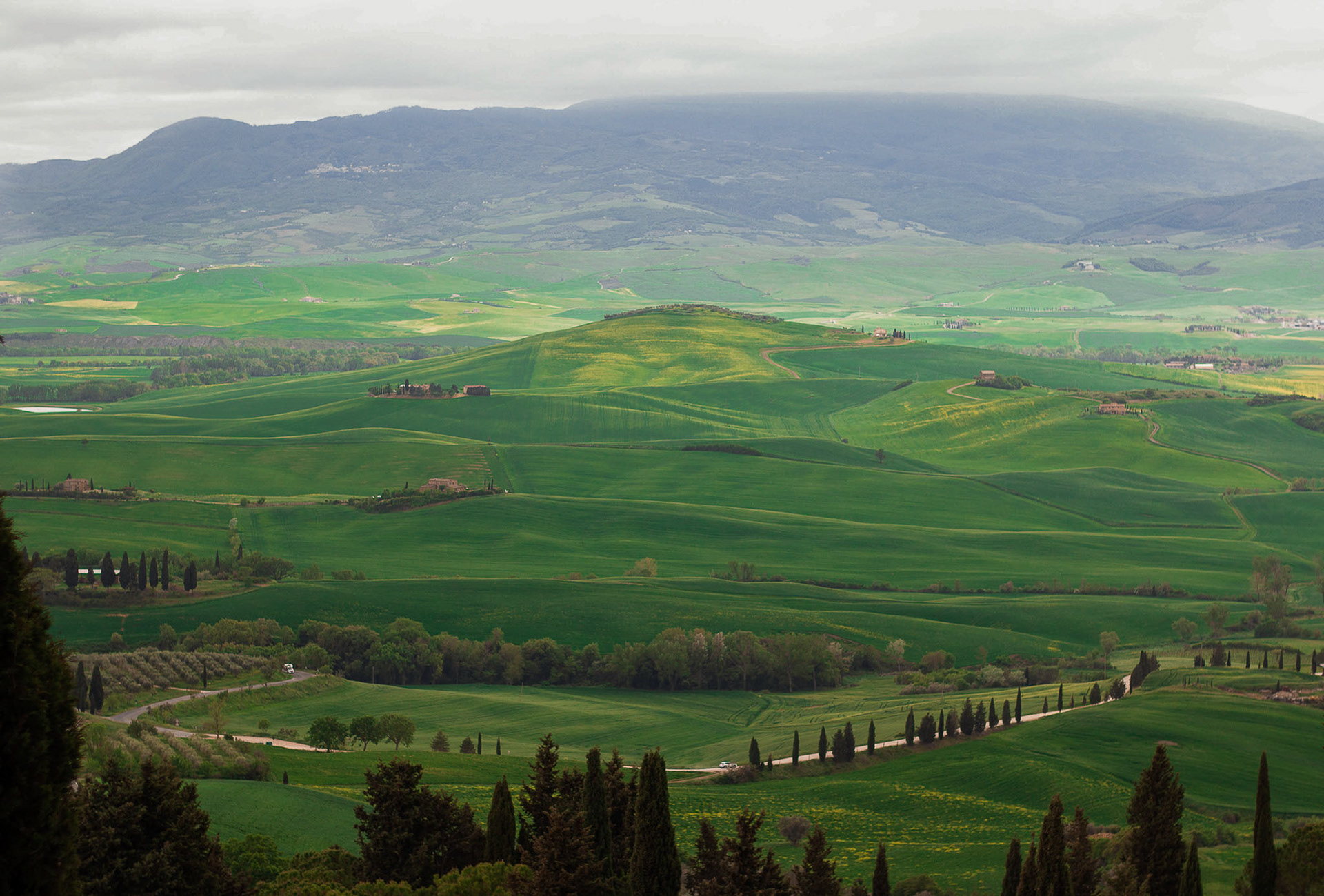
pienza walls
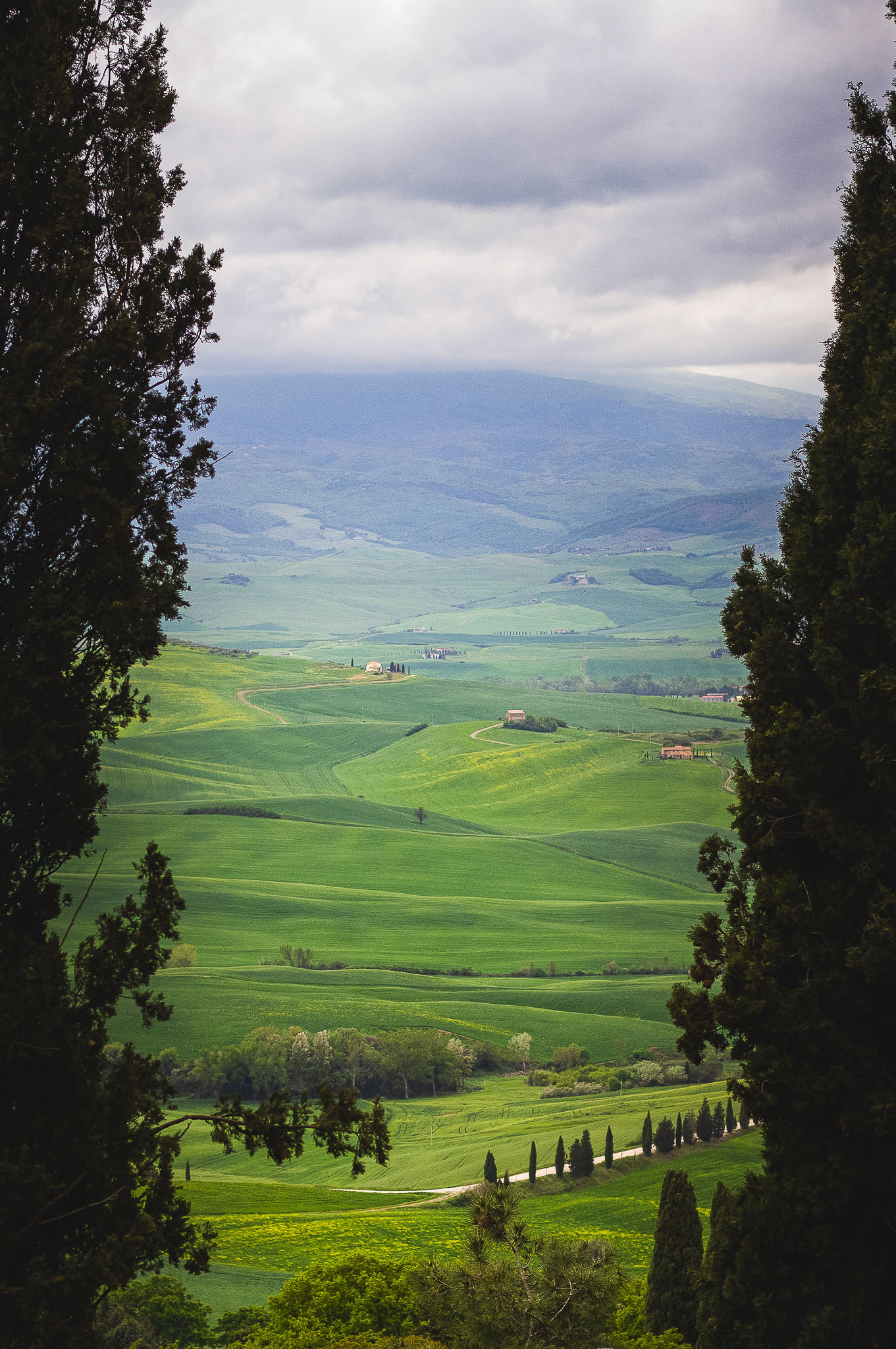

Piazzalle Michelaangelo Florence View
Florence was a centre of medieval European trade and finance and one of the wealthiest cities of that era.
It is considered by many academics to have been the birthplace of the renaissance, becoming a major artistic, cultural, commercial, political, economic and financial center. During this time, Florence rose to a position of enormous influence in Italy, Europe, and beyond. Its turbulent political history includes periods of rule by the powerful Medici family and numerous religious and republican revolutions.

florence
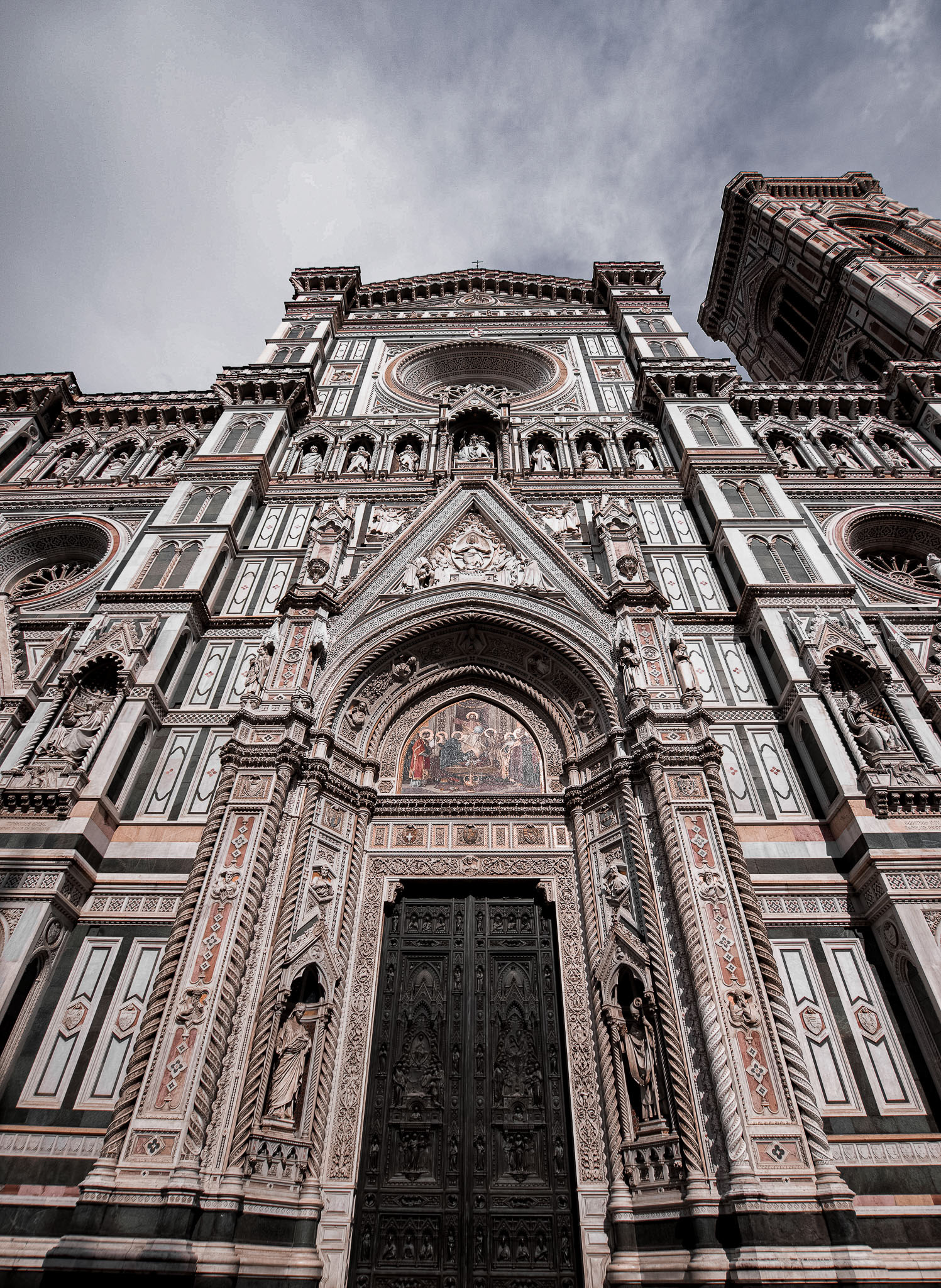
Cathedral of santa maria del fiore
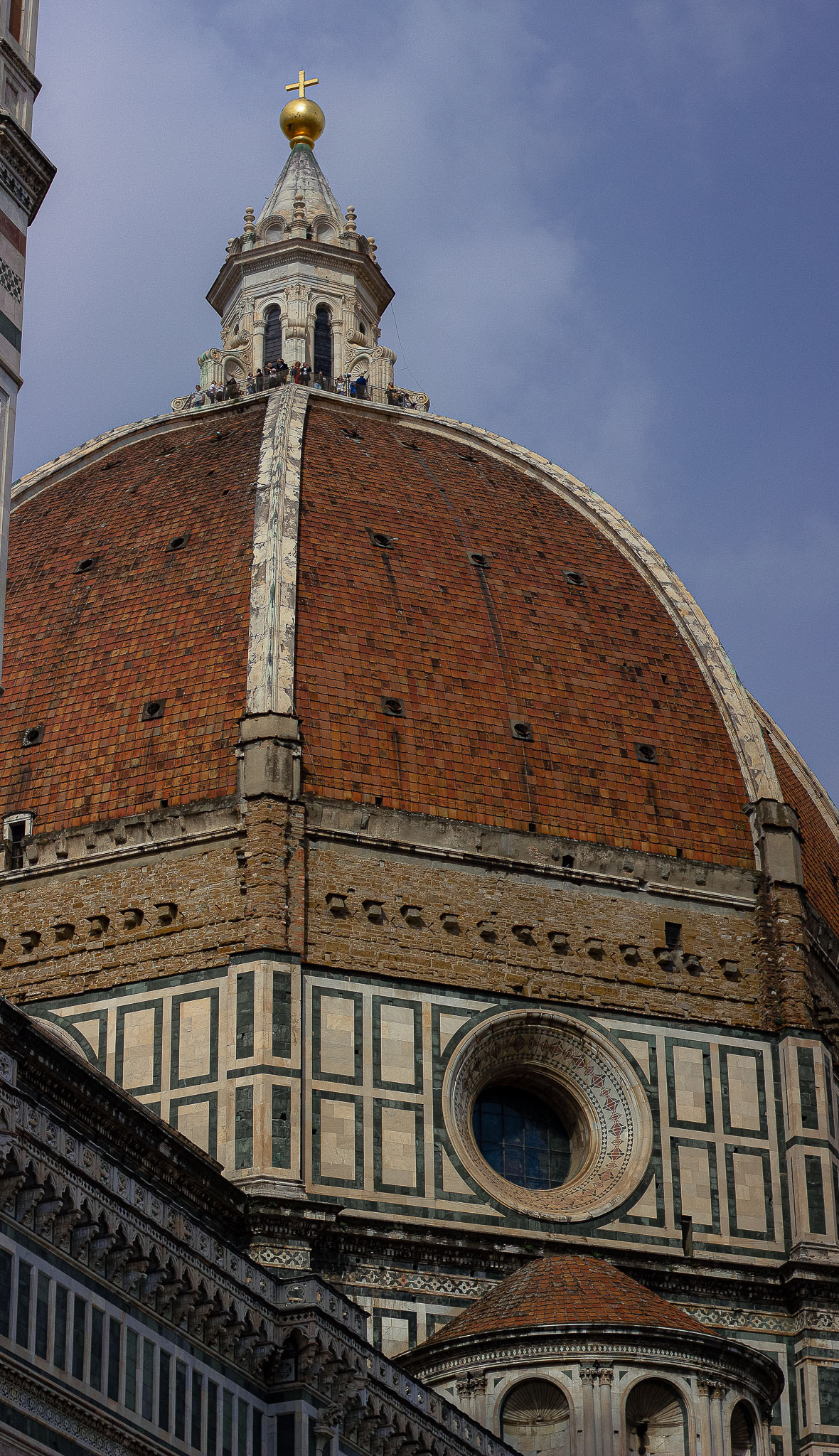
Dome of Cathedral of santa maria del fiore
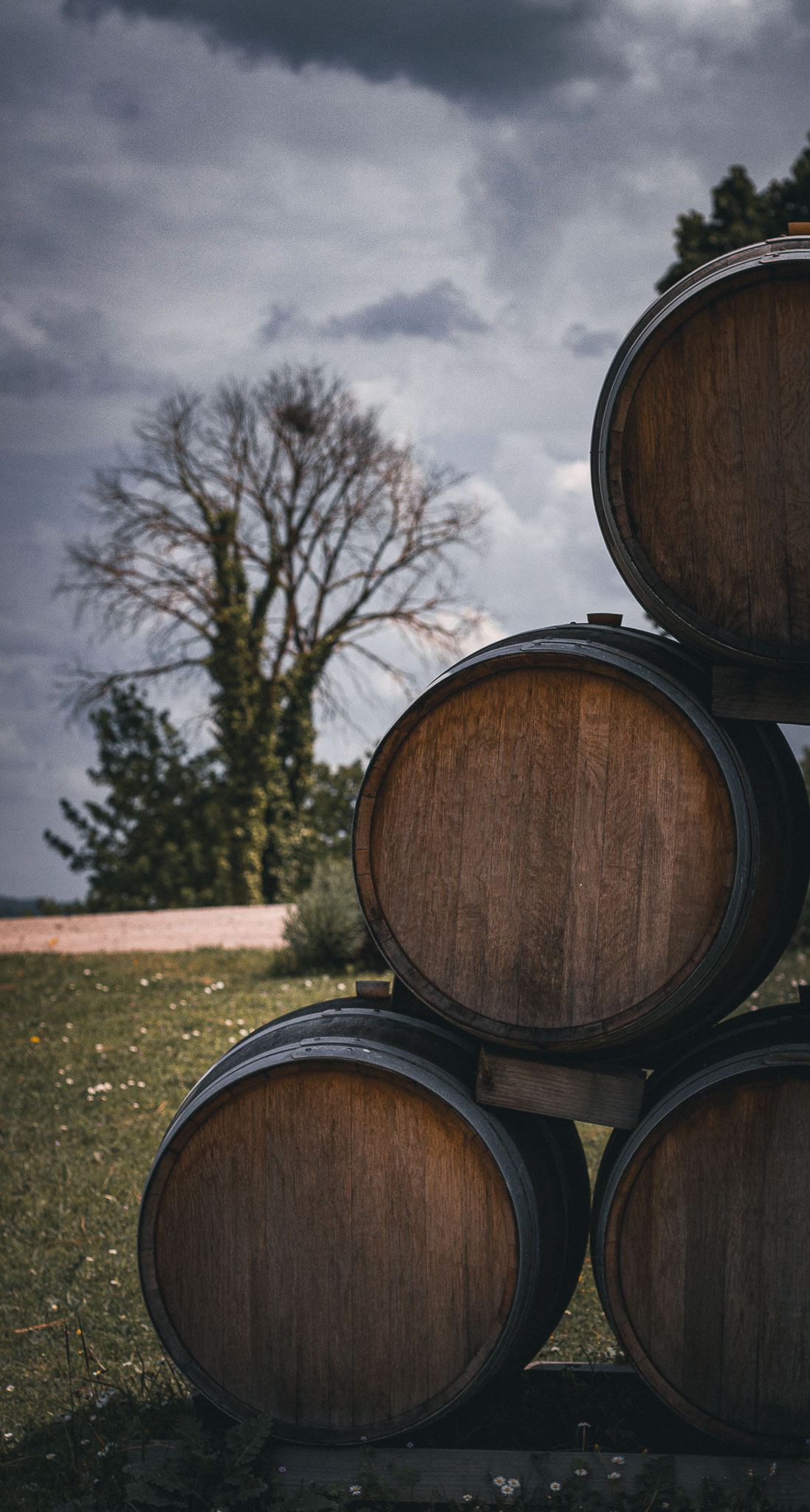
Tenuta Villa Trasqua Winery
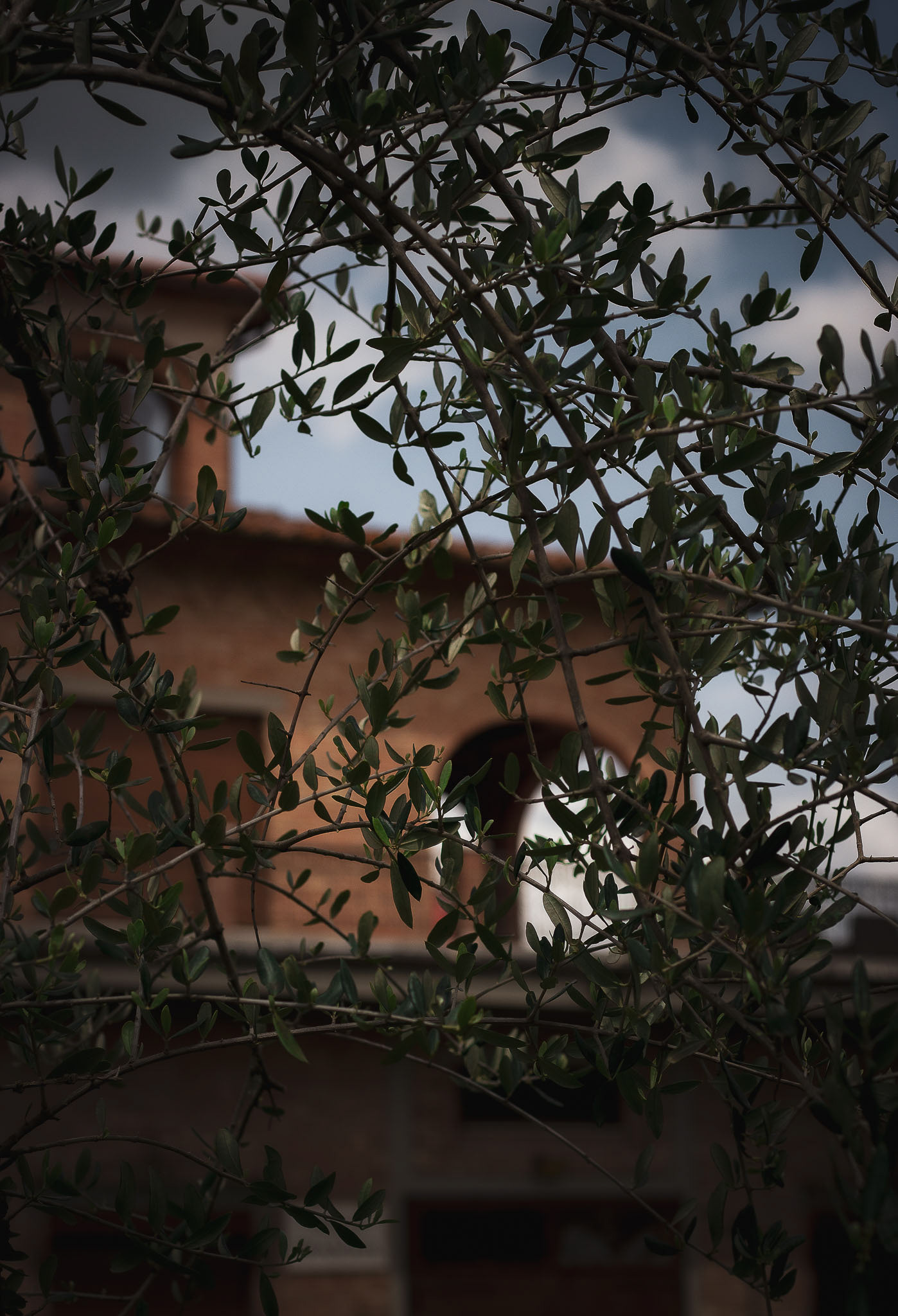
Tenuta Villa Trasqua Winery
Legend attributes the origin of the name Florentina to Florio (a soldier killed on the spot).
It may be related to the Latin word for flowers found in the area.
It may be related to flora, since it was founded during the floralia festival.
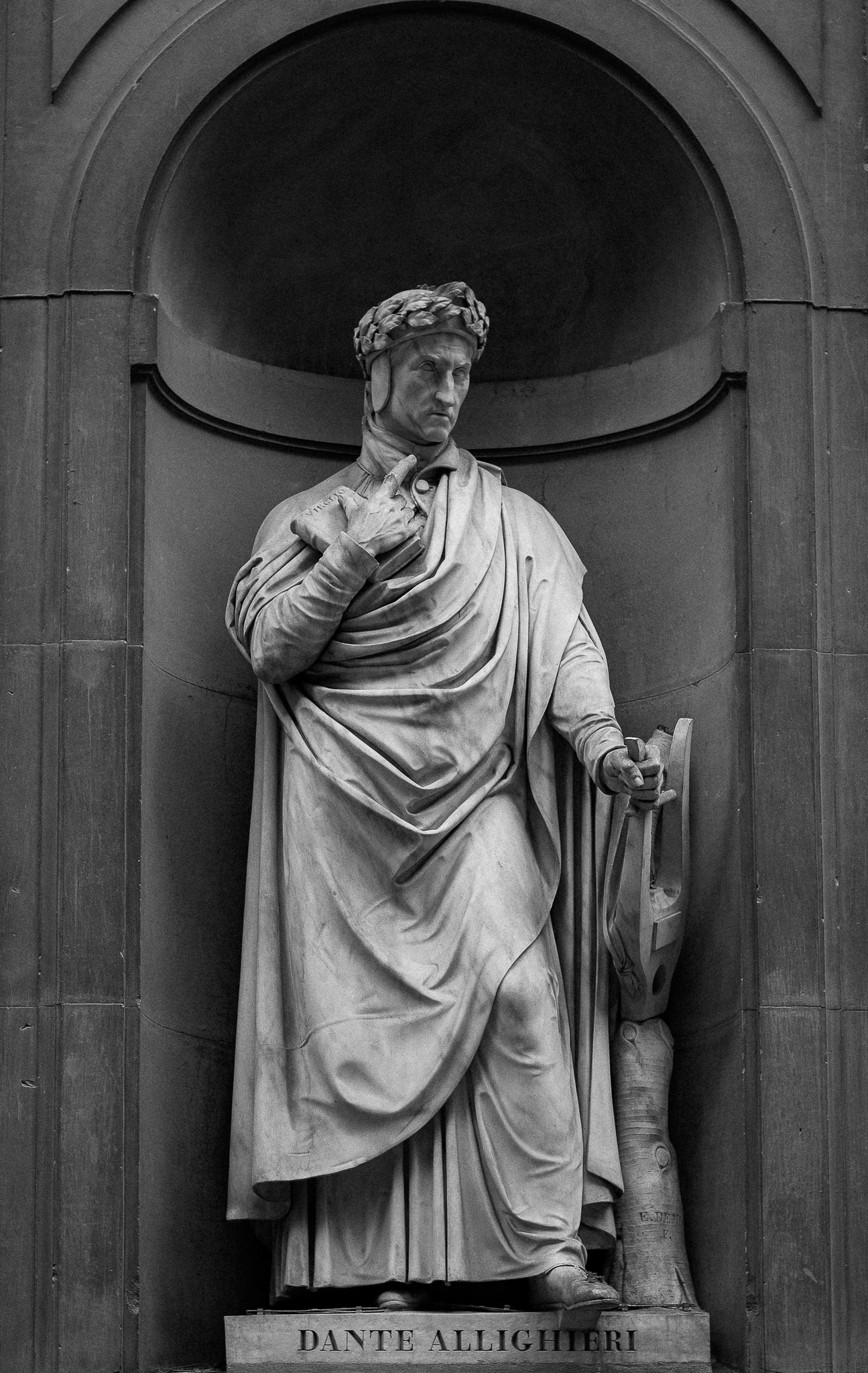
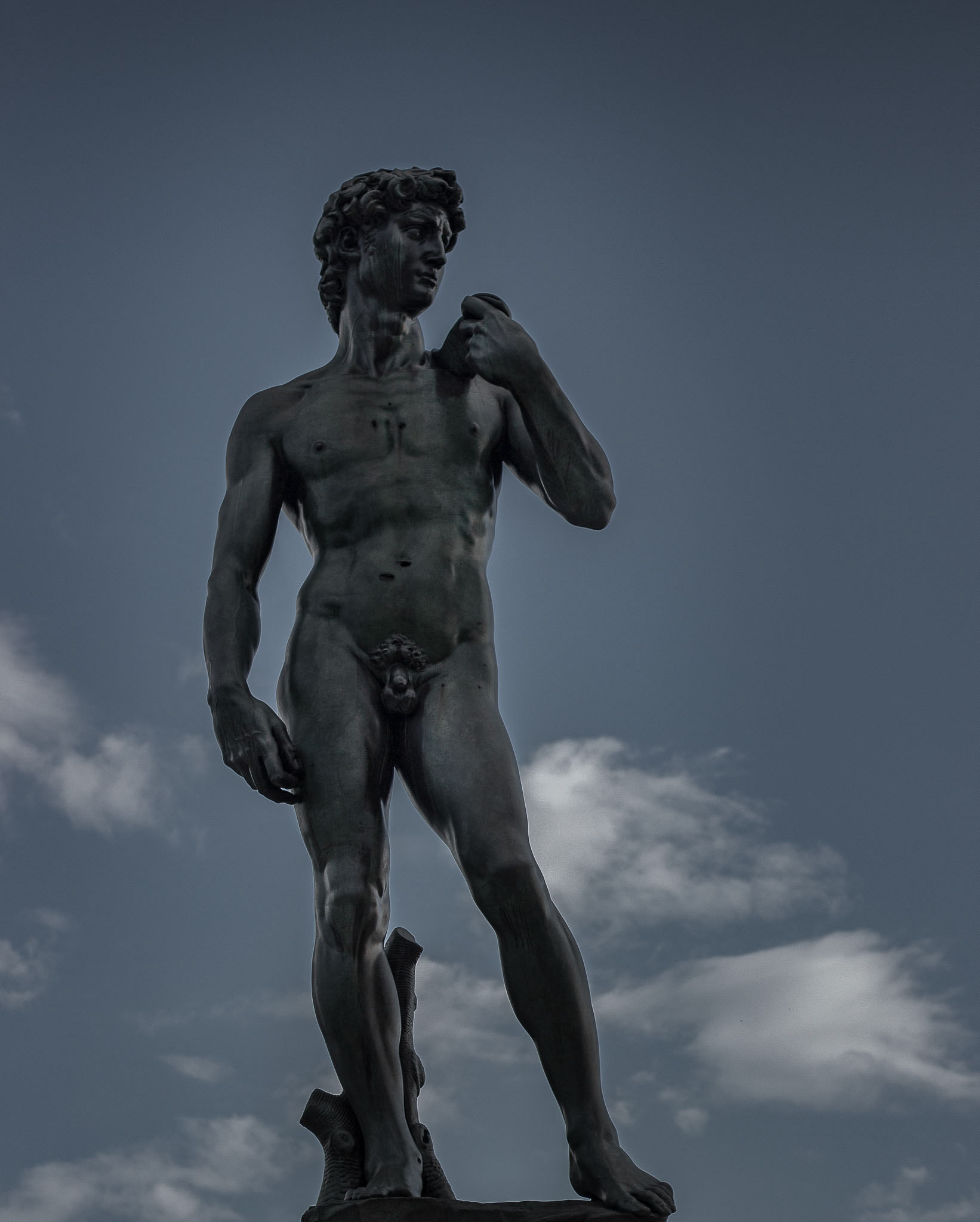
David Statue
